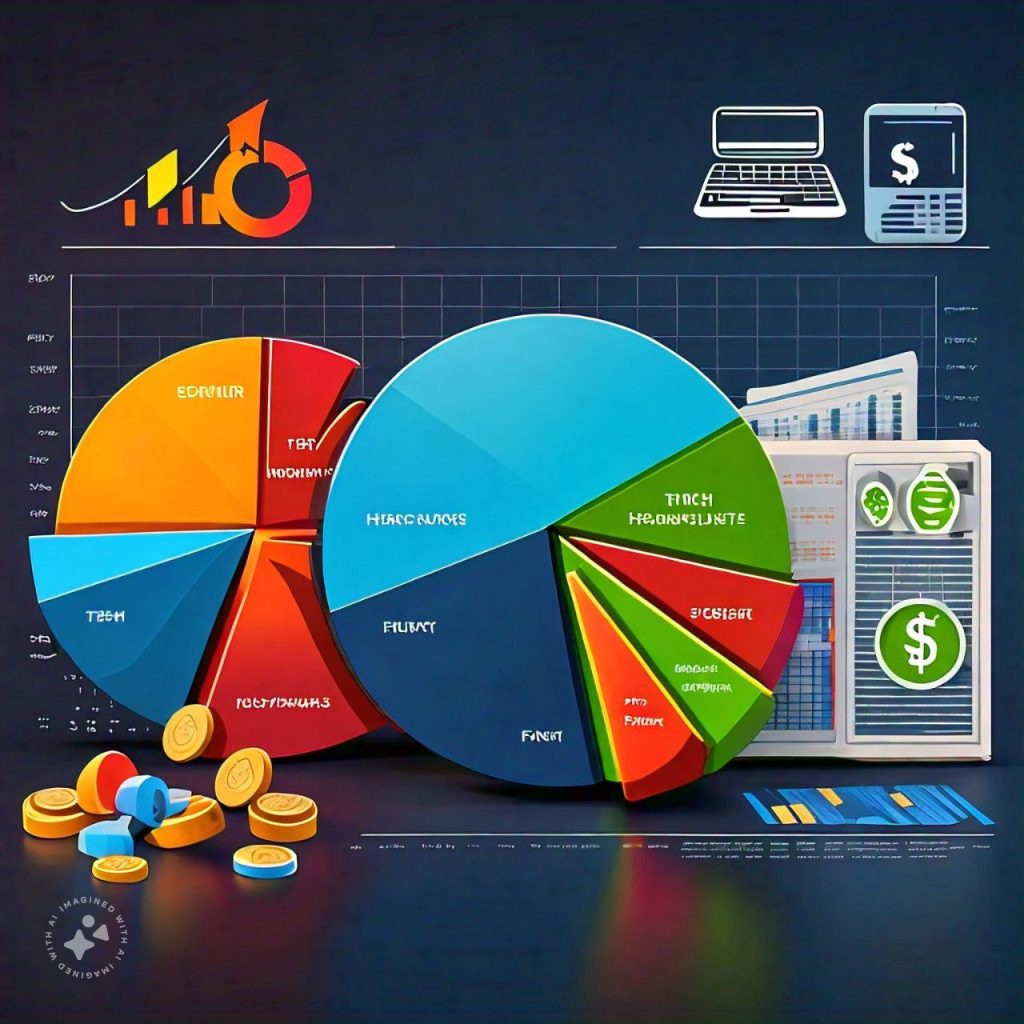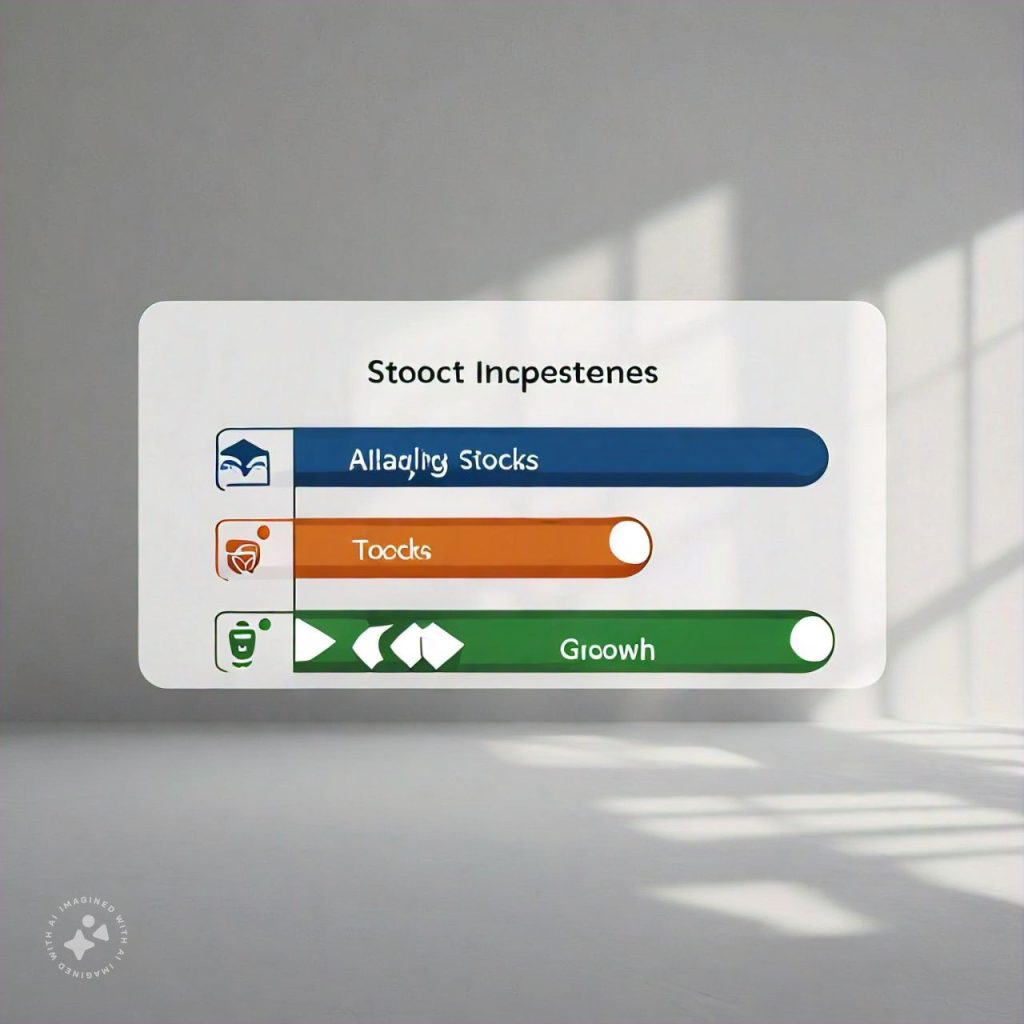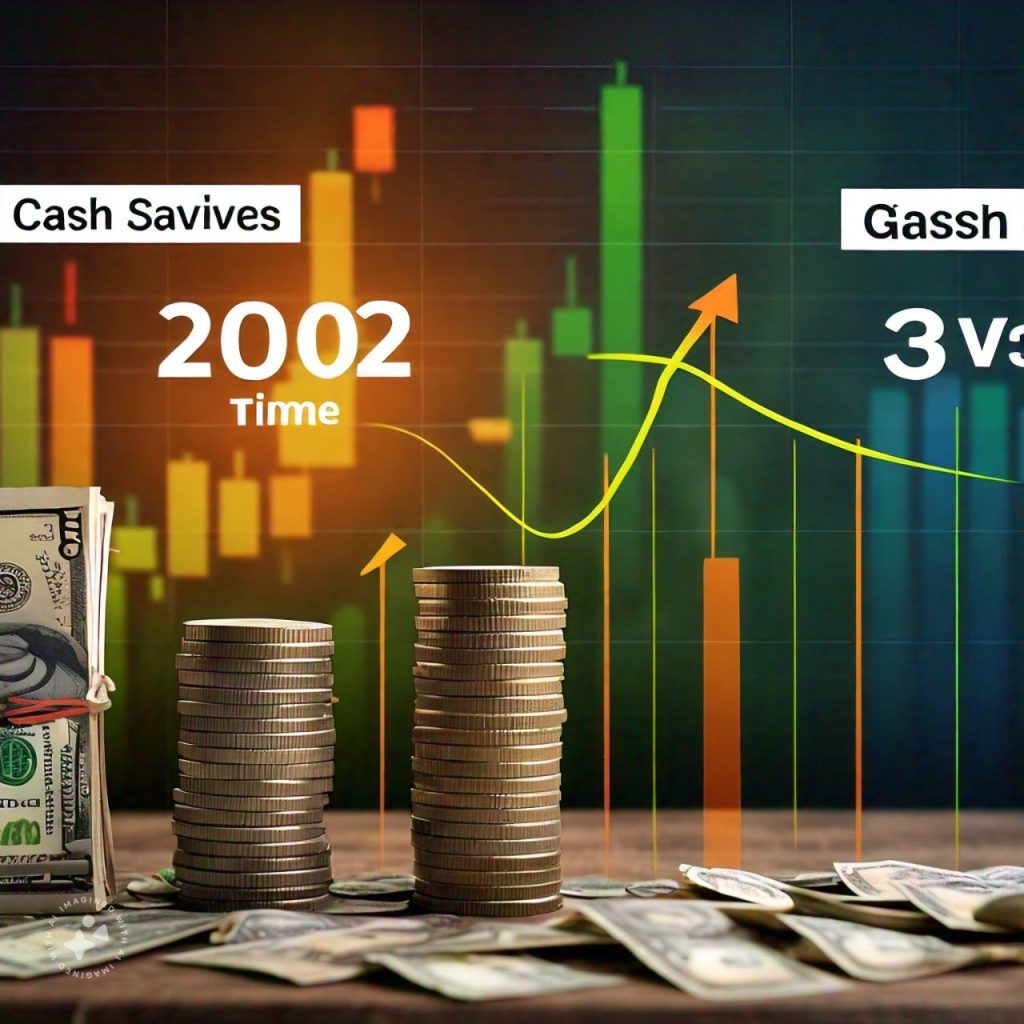Understanding the Basics of Stock Investment
Before diving into the “how,” let’s understand what stock investment is. When you buy stocks, you’re essentially buying small pieces of ownership in a company. If that company grows, your shares increase in value, and you can sell them for a profit. Some companies also pay dividends, providing you with a steady income stream.
Now, why is stock investing important? Historically, stocks have provided an average annual return of about 7% to 10%, significantly outpacing inflation and helping investors grow wealth over time.
But how do you start? And how do you avoid common pitfalls? That’s where we’ll dive into the PAS framework.

Pain: Why Most People Avoid Investing in Stocks
If you’ve avoided investing, you’re likely familiar with some of these concerns:
- Fear of Losing Money: The stock market’s volatility can scare anyone. Big losses often hit the news, painting a bleak picture.
- Complexity: Words like “bull market,” “bear market,” “P/E ratio,” and “dividend yield” can sound intimidating.
- Lack of Knowledge: Many people feel they lack the knowledge to choose the right stocks.
- Risk of Scams and Poor Advice: From “hot tips” to Ponzi schemes, people are often concerned about falling into the wrong investment opportunities.
It’s crucial to acknowledge these pains because they’re very real, and they affect millions of people just like you.
Real Example of the Pain of Avoiding Stocks
According to a report by Fidelity, millennials who avoid stocks and hold cash or cash equivalents (like savings accounts) have significantly less wealth by retirement than those who invest even modestly. A person saving $200 a month in a 1% savings account will end up with around $120,000 over 30 years. However, if they invested that same amount in stocks with an average 7% return, they’d have around $240,000—double the amount.

Agitation: The Real Cost of Not Investing
When people avoid stocks, they end up missing out on opportunities for growth. Here’s what happens when you don’t invest in stocks:
Inflation Eats Away Savings
When you save your money in a standard bank account with a low interest rate, inflation—around 2-3% annually on average—eats away its purchasing power. This means that over time, your money buys less and less.
Missed Opportunity to Build Wealth
Historically, stock markets have consistently risen over the long term. The S&P 500, for instance, has had an average annual return of around 10% since its inception. By staying out of the market, you’re not just avoiding risk—you’re also avoiding potential wealth.
Opportunity Cost: Case Study of Two Friends
Let’s consider an example of two friends, Sarah and Mike. Sarah started investing $200 a month in an S&P 500 index fund at age 25. Mike, on the other hand, kept his money in a savings account earning 1% interest.
After 30 years, Sarah would have invested $72,000 but would have over $226,000, thanks to compound growth. Mike, however, would have only around $95,000. That’s the cost of not investing: over $130,000 less for the same monthly contribution.

Solution: A Step-by-Step Guide to Start Investing in Stocks
Now that we’ve identified the pains and the cost of inaction, let’s move toward the solution: how to actually start investing in stocks.
Step 1: Define Your Financial Goals
Ask yourself:
- Why do I want to invest?
- How long am I willing to keep my money invested?
- How much risk am I comfortable with?
The answers will help shape your investment approach. For instance, if you’re investing for retirement decades down the line, you may be comfortable with higher risk in exchange for potential growth.
Step 2: Understand Different Types of Stocks
Stocks come in many flavors:
- Blue-chip stocks: Established companies with a long history of growth (e.g., Apple, Microsoft).
- Growth stocks: High-risk, high-reward stocks that don’t pay dividends but are expected to grow rapidly.
- Dividend stocks: Companies that pay part of their earnings back to shareholders, providing regular income.
- Index funds and ETFs: These funds track market indexes like the S&P 500 and allow you to diversify with one purchase.
Step 3: Choose a Brokerage Account
Today, it’s easier than ever to start investing thanks to online brokers like Robinhood, Fidelity, and Vanguard. Look for brokers with:
- Low fees: Fees eat into your returns, so lower is better.
- User-friendly interface: Many beginners appreciate straightforward platforms like Robinhood or Webull.
- Research and educational resources: Many brokers offer tools to help you learn as you go.
Step 4: Build Your Portfolio
Start by creating a well-diversified portfolio. A simple way to do this is with the “Core-Satellite” strategy:
- Core: Invest most of your money in index funds or ETFs, providing broad exposure to the market.
- Satellite: Use a small portion to invest in individual stocks or sectors you believe will outperform the market.
Step 5: Set Up a Regular Investment Schedule
To maximize growth, set up automatic contributions, which is called dollar-cost averaging (DCA). By investing a fixed amount regularly, you avoid the temptation to time the market and reduce the risk of buying at the wrong time.
Step 6: Review and Rebalance
Every year or so, review your portfolio to ensure it still aligns with your goals. If one investment grows faster than others, you may need to rebalance by selling part of it and buying other assets to keep a diversified portfolio.
Case Study: A Realistic Stock Investment Journey
Let’s look at a realistic case study based on a hypothetical investor, Jane, who wanted to start small and grow over time.
Jane’s Profile
- Age: 30
- Goal: Build wealth for retirement over the next 30 years
- Investment amount: $300 per month
- Risk tolerance: Moderate
Step 1: Jane’s Strategy
Jane decided to put 80% of her monthly contribution into an S&P 500 index fund (core) and 20% into individual stocks she researched, like tech and healthcare (satellite).
Step 2: Setting Up Automatic Investments
Jane used her brokerage’s auto-invest feature, ensuring she invested $300 monthly, regardless of market highs or lows.
Step 3: Reviewing and Rebalancing
Every year, Jane checked her portfolio. After five years, her initial $18,000 contribution had grown to over $23,500. She found her tech stocks had grown significantly and rebalanced to maintain her target allocation.
Results
With consistent investing, Jane was on track to have a robust retirement fund of around $500,000 by age 60, thanks to her small, steady contributions and regular portfolio management.

Top FAQs on Investing in Stocks
Q1: How much money do I need to start investing in stocks?
You can start with as little as $1! Many brokerages allow fractional shares, so even small amounts can grow over time.
Q2: Should I invest in individual stocks or index funds?
It depends on your comfort with risk and research. Index funds offer instant diversification, while individual stocks provide higher growth potential but come with higher risk.
Q3: What’s the difference between a stock and an ETF?
A stock is a share in one company. An ETF (Exchange Traded Fund) is a collection of stocks, often following a specific index like the S&P 500. ETFs provide diversification within a single purchase.
Q4: Is now a good time to invest?
There’s no “perfect” time to invest, which is why dollar-cost averaging is recommended. Start investing when you’re financially ready, and avoid trying to time the market.
Q5: How do dividends work?
Dividends are regular payments made by some companies to shareholders, usually quarterly. They provide a steady income stream but are often associated with mature, slower-growing companies.
Q6: How do I avoid scams when investing?
Stick to reputable brokers and avoid “hot tips” or promises of guaranteed returns. Remember, if it sounds too good to be true, it probably is.






